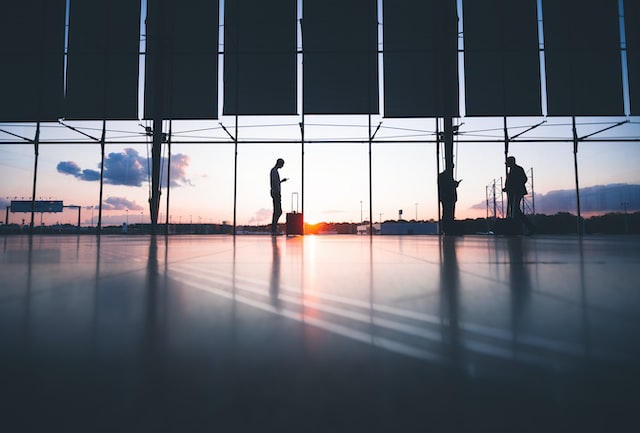Flight delays and cancellations are always a source of concern for airlines since they harm their reputation and cost money. Passengers who have to wait while a flight is delayed or canceled are easily annoyed due to exhaustion, which might disrupt critical plans.
According to a Forbes Magazine survey, passengers will have to wait at the airport for an average of over 5 hours in 2022 owing to aircraft delays and cancellations. Data also shows that 55% of passengers who had to wait were allowed to travel after less than 4 hours, 43% had to wait more than 5 hours, and 11% had to wait 7-9 hours.
After two years of being affected by Covid-19, the summer of 2022 was a busy one for the aviation industry, but it was ruined by the disruption of a series of flights.
The peak was in July 2022, when up to 25,000 flights were delayed and 3,100 were canceled worldwide.
The root of this predicament is the large number of passengers who have been staying at home for a long time, while the aviation industry lacks pilots, flight attendants, ground staff, and aircrafts due to numerous ships needing to safeguard the aircraft maintenance and a slew of additional objective variables.
In 2022, 3% of US flights were canceled and 20% delayed. Domestic US carriers have the most flight delays since 2014. Weather causes 26% of delays. In the three days before Christmas, a snowstorm canceled over 6,000 flights and delayed over 21,000 others, ruining many families’ vacations. Southwest, the nation’s largest airline, canceled over 70% of its flights.
Global airlines are implementing solutions such as: developing a plan to reduce the time it takes from the time the plane lands to drop off passengers to the time it is ready to receive the next flight; focusing on performing technical stages, aircraft maintenance at night; limiting aircraft stoppage on the day of operation, except in mandatory cases; and itineraries for pilots and flight attendants to reduce the need to change planes at local airports.







